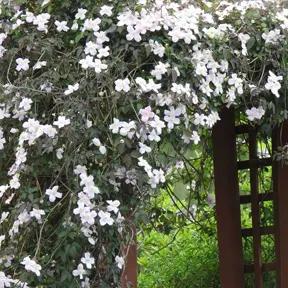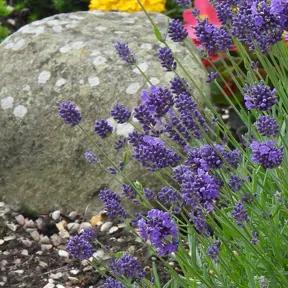Italian Alder Large Trees
- Likes wet sites, but tolerates almost any soil
- Lush, dark leaves, held late in year.
- Max. Height: 30m
- Sizes: Saplings & Standards
- Bareroot Delivery: Nov-Mar.
- Fixes nitrogen, prevents erosion
- RHS Award of Garden Merit
Recommended extras
Description
Alnus cordata: Italian Alder, Standard Size Trees
These tidy trees have a fairly narrow canopy, tapering to a point at the top. Their glossy leaves look lovely in the sun and are among the last to fall in Autumn. In early spring, Italian Alder produces round female cones and long yellow male catkins, which provide pollen for bees. They are superb windbreak trees.
Alnus cordata is very vigorous: in ideal conditions, young trees can grow over a metre a year when established. It will usually grow to around 20 metres tall, but 30 is possible.
Standard trees are the largest size that we deliver; you can buy younger Italian Alder saplings. Browse our variety of alder trees or our full range of garden trees.
Features:
- Attractive yellow catkins in spring, good for early bees
- Very vigorous, with a suckering habit
- Grows on practically any soil, wet or dry
- Fixes nitrogen in the soil
- Good windbreak
- To 20-30 metres
- RHS Award of Garden Merit
Growing Italian Alder
It loves wet, heavy clay, but is incredibly versatile and will grow on dry, chalky terrain too. Unlike its cousins, it is a good choice for shallow topsoils over rocky terrain. It will grow quite close to the coast.
None of the Alders like shade, but you can plant young trees in partial shade if they will grow up into full sun within a couple of years.
Note: Alders have invasive roots that can break old water pipes and damage the foundations of old buildings or walls. 15 metres away from vulnerable structures is a safe distance to plant Alder. New build, concrete foundations are not at risk.
Planting Instructions
Notes on planting Italian Alder trees:
Italian Alder trees will grow in any soil; they prefer a wet, rich soil near water, but they are also the best Alder for dry soil and the only Alder that does really well on shallow, rock sites. They need plenty of sun. They will tolerate very windy sites near the sea.
Your trees will not grow well is the site is shady.
Prepare your site before planting:
It is good to dig over the site where you plant a tree several months in advance. Kill the weeds first: for tough weeds like nettles, brambles and ground elder, you will usually need a weed-killer to get rid of them. When you dig the soil over, remove stones and other rubbish and mix in well rotted compost or manure down to the depth of about 2 spades.
Watch our video on how to plant a tree for full instructions.
Remember to water establishing trees during dry weather for at least a year after planting.
Tree Planting accessories:
Prepare your site for planting by killing the weeds and grass. You can buy a tree planting pack with a wooden stake & rubber tie to support the tree and a mulch mat with pegs to protect the soil around the base of your tree from weeds and drying out.
We suggest that you use mycorrhizal "friendly fungi" on the roots of all newly planted large trees: if your soil quality is poor, we strongly recommend it.
Did You Know?
This tree was imported to Britain from Corsica and Italy in 1820. It is very resistant to rot: most of the piles that support Venice are made from this and other alder species, along with poplar, oak and elm.
The Alder family are nitrogen fixing trees: they increase soil fertility by releasing water-soluble nitrogen-based compounds from bacteria that live on their roots. This means that they are great for growing on really poor soil and can be interplanted with slower growing species to provide shelter & improve the soil for them. Their matted, fibrous roots are also very effective at holding loose or rocky soil together and helping to prevent erosion on river banks.
Standard trees are measured by their girth in centimetres 1 metre above ground level: their trunk's waist measurement. Unlike sapling trees and hedge plants, standards aren't measured by their height, which will vary quite a bit both between and within species.
So, a 6/8cm standard tree has a trunk with a circumference of 6-8cm and an 8/10 standard has a trunk 8-10cm around. This measurement makes no difference to the tree's final height.
On average, standard trees are 2-3.5 metres tall when they arrive, but we cannot tell you precisely how tall your trees will be before we deliver them.
It's Summer Planting Season 2025

Pot Grown & Plug Plants Delivered

Direct from the Nursery Value

No more broken plants in the post!


 3.webp)
 3.webp)
 1.webp)
 2.webp)





